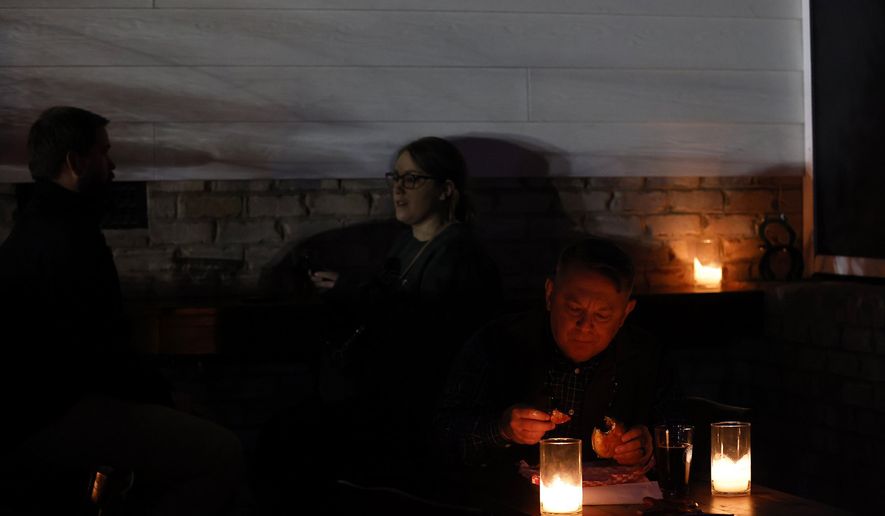Attacks on the nation’s power grid are suddenly on the rise, according to federal regulators, who are now weighing additional security requirements for power stations to fend off vandalism.
In some of the attacks since October, gunfire has cut off electricity to thousands of customers.
The latest incident was on Christmas Day in Washington state. Thousands of homes lost power after vandals broke into four power substations and damaged equipment. In one instance, they caused a fire.
Law enforcement officials have yet to solve six prior attempts to sabotage electrical substations in Washington and Oregon that began in mid-November.
The grid has been attacked on the East Coast as well. On Dec. 3, vandals broke into two Duke Energy electrical substations in Moore County, North Carolina, and caused significant damage. Gunfire cut power for several days to more than 40,000 customers.
Shots were fired at a Duke Energy hydroelectric dam in Ridgeway, South Carolina, on Dec. 8 but caused no damage.
SEE ALSO: Tax-cut fever sweeps nation as states enact ‘unprecedented’ rash of relief
In response to the uptick in vandalism, the Federal Energy Regulatory Commission has ordered a review of physical security standards at power stations and substations and is considering whether to set a minimum level of protection.
“In light of the increasing number of recent reports of physical attacks on our nation’s infrastructure, it is important that we fully and clearly review the effectiveness of our existing physical security standard to determine whether additional improvements are necessary to safeguard the bulk power system,” FERC Chairman Richard Glick said at a recent commission meeting.
Many of the nation’s 55,000 power substations are unstaffed and often in remote areas with limited protection from sabotage. The substations are critical to the electrical distribution system, and damage can result in significant power outages.
“This kind of critical infrastructure is something that we just need to take the measures to make sure it’s protected,” said Richard Mroz, a senior adviser at Protect Our Power, which advocates for stronger grid security.
Mr. Mroz said a 2013 sniper attack at Pacific Gas and Electric’s Metcalf substation near San Jose, California, caused $15 million in damage. As a result, the substation is now physically protected from gunfire and other vandalism. After the incident, the company increased security at the facility with cameras, lighting and a concrete barrier. PG&E pledged to spend $100 million to upgrade security at power stations across the state.
“We just have to be smarter about how we are protecting these facilities,” Mr. Mroz told The Washington Times. “We can’t have armed guards at these sites; it’s just not feasible. So you’re going to have to be smarter about what the protective infrastructure can be.”
SEE ALSO: Manchin hammers Biden over electric vehicle tax credits
Ross Johnson, a consultant in electrical grid security, said power companies should consider installing concrete or cinder block walls and ballistic paneling to shield critical components from gunfire.
Most of the time, Mr. Johnson said, incidents at power substations involve theft, usually of materials made of copper.
“Damage from gunfire is exceedingly rare,” he said.
The Metcalf vandals have not been apprehended, nor have any of the saboteurs of the substations in Oregon, Washington, South Carolina and North Carolina.
The vandals’ political motives are subjects of speculation. The North Carolina substation that was attacked was near the site of protests over a drag queen show for children, but law enforcement found no connection between the vandalism and the protesters.
Others have theorized that eco-terrorists are damaging the substations to protest the nation’s use of fossil fuels.
In February, the Justice Department announced that three men pleaded guilty to plotting attacks on several electric substations across the U.S. “in furtherance of White supremacist ideology.”
Mr. Mroz said the recent string of attacks could suggest domestic terrorism. No matter who is behind the vandalism, he said, “We’ve always said that those owners, operators and the regulators need to be thinking about things a couple of steps ahead.”
• Susan Ferrechio can be reached at sferrechio@washingtontimes.com.




Please read our comment policy before commenting.